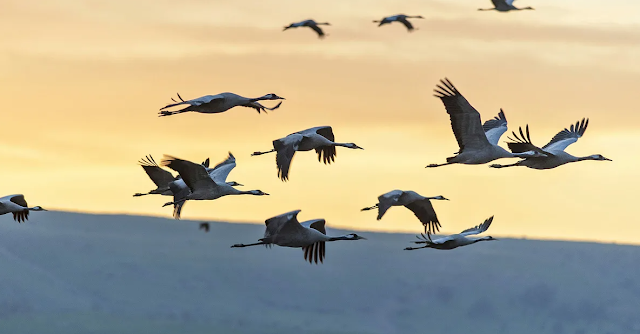Birds are a class of animals that are admired for their beauty, grace, and unique adaptations that allow them to thrive in different environments. From the towering heights of mountains to the depths of oceans, from the sweltering deserts to the icy poles, birds have found ways to survive and prosper in a wide range of habitats. In this blog post, we will explore the adaptations of birds that enable them to live and thrive in different environments.
Introduction
Birds are one of the most diverse groups of animals, with more than 10,000 species that inhabit almost every part of the planet. Their incredible diversity is reflected in their adaptations, which allow them to survive and thrive in different environments. Birds are known for their remarkable physical characteristics, such as feathers, beaks, and wings, which enable them to perform a range of functions like flight, feeding, and thermoregulation. However, the adaptations of birds go beyond just physical features, encompassing physiological, behavioral, and ecological traits that enable them to exploit a variety of niches.
The Adaptations of Birds
1. Feathers: The most distinctive feature of birds is their feathers, which have evolved to serve many purposes beyond just flight. Feathers provide insulation, waterproofing, and camouflage, as well as being involved in communication and display. For example, the colorful plumage of male peacocks is used to attract mates, while the cryptic coloration of owls allows them to blend into their surroundings and avoid detection by predators.
2. Beaks: Another important adaptation of birds is their beaks, which have evolved to suit their specific feeding habits. Beaks can vary in shape and size, from the thin, pointed beaks of insect-eating birds to the large, strong beaks of birds of prey. Some birds, such as woodpeckers, have long, chisel-like beaks that they use to drill into wood to extract insects, while others, like flamingos, have specialized filter-feeding beaks that allow them to sift small organisms from water.
3. Wings: The ability to fly is one of the most remarkable adaptations of birds, and it has allowed them to colonize diverse habitats that other animals cannot access. Wings come in different shapes and sizes, depending on the bird's lifestyle. For example, the long, narrow wings of hawks and eagles allow them to soar effortlessly through the air, while the short, rounded wings of penguins enable them to swim and dive underwater.
4. Legs and Feet: Birds' legs and feet are also adapted to suit their lifestyles. Some birds, like ostriches and emus, have long, powerful legs that allow them to run at high speeds, while others, like hummingbirds, have short, delicate legs that are used for perching and feeding. Birds that live in aquatic environments, such as ducks and swans, have webbed feet that allow them to swim and dive efficiently.
5. Respiratory System: Birds have a unique respiratory system that enables them to extract oxygen more efficiently than other animals. Unlike mammals, which have a diaphragm to expand and contract the lungs, birds have air sacs that act as bellows to move air through the respiratory system. This allows them to extract more oxygen from the air and maintain high levels of energy during flight.
6. Digestive System: Birds have a specialized digestive system that allows them to extract nutrients from their food quickly and efficiently. Unlike mammals, which have a separate stomach and small intestine, birds have a single, elongated digestive tract that is divided into different sections, each with a specific function. Birds that eat tough plant material, such as seeds and nuts, have muscular gizzards that











0 Comments